As far as photography goes, one rule stands as a foundational pillar: the Rule of Thirds. It’s a simple concept, yet it possesses the power to transform your photos from ordinary snapshots to captivating artworks. Understanding composition rule of thirds is essential for anyone keen to elevate their photography skills.
The Rule of Thirds is a guideline suggesting that an image should be divided into nine equal parts by two equally spaced horizontal lines and two equally spaced vertical lines. This grid guides us in placing the most important elements in our composition along these lines or at their intersections.
Tracing back to the early days of art, the Rule of Thirds has been in both painting and photography, aiding artists and photographers in creating balanced and pleasing compositions.
Why Rule of Thirds Matters
Creating Visual Balance: By aligning subjects with the grid lines, photographers can achieve a natural balance in their photos, making them more aesthetically pleasing and engaging.
Enhancing Interest: Centered compositions can sometimes feel static or predictable. The Rule of Thirds introduces an element of dynamism and intrigue, guiding the viewer’s eye through the image.
How to Apply the Rule of Thirds – Understanding the Grid
Visualizing the Grid: Many cameras and editing software offer the option to display grid lines. This feature can be incredibly helpful for beginners to visualize and apply the Rule of Thirds directly while shooting or during post-processing.
Composing with the Rule of Thirds
Key Points for Subject Placement: Place the subject at one of the intersections or along the lines to create more tension, energy, and interest in the composition.
Genre-Specific Examples:
- Landscape Photography: Positioning the horizon on the top or bottom line, rather than the center, can add depth and interest.
- Portrait Photography: Aligning a subject’s eyes with a top horizontal line creates a natural and engaging portrait.

Balancing Elements within the Grid
- Visual Weight and Counterbalance: Every element in a photo carries visual weight. A large object on one side of the frame can be balanced by a smaller, contrasting element on the other side. For example, in landscape photography, a solitary tree on one side might be balanced by a mountain range in the distance on the other.
- Color and Texture: Bright colors or complex textures attract the eye. Use these elements thoughtfully to create a balance. A vibrant subject on one intersection can be balanced by a subtler, textured background on the opposite side.
- Depth and Dimension: Utilizing the foreground, middleground, and background. Place elements in different layers of the scene to add depth while maintaining balance. For instance, a foreground element like a rock or a flower can balance a more distant subject like a mountain or building.
Using Negative Space Effectively
- Defining Negative Space: Negative space is the area around and between the subjects of an image. It’s not just empty space; it’s a powerful compositional tool.
- Creating Focus and Simplicity: Use negative space to draw attention to the main subject. For instance, a single bird flying against a clear sky can create a powerful image where the vastness of the sky emphasizes the bird’s graceful motion.
- Adding Mood and Emotion: The amount and treatment of negative space can significantly affect the mood of a photo. A lot of negative space can convey feelings of solitude or peace, while minimal negative space can create a sense of urgency or clutter.
- Balance and Harmony: This should balance the ‘positive’ or subject areas. Too much can make the subject feel lost; too little can make the image feel cramped. Striking the right balance is key.
Advanced Techniques and Considerations
Knowing When to Bend the Rules: While the Rule of Thirds is a valuable guideline, sometimes breaking it can result in more compelling or impactful images!
Effective Non-Thirds Compositions: Examples include symmetrical compositions or placing the subject at the edge of the frame for a more dramatic effect.
Rule of Thirds in Different Contexts
- Macro Photography: In close-up shots, placing the point of interest (like the eye of an insect or the center of a flower) at one of the intersections can add incredible impact.
- Aerial Photography: When capturing landscapes from above, using the grid lines to align natural or man-made features creates a sense of order and scale.
- Street Photography: Here, the rule can help in framing subjects amidst the chaos of urban environments, creating a focal point that draws the viewer’s attention.

Dynamic Scenes and Moving Subjects
- Action and Sports Photography: Anticipating the subject’s movement and positioning them according to the grid can create a sense of direction and motion. For instance, placing a runner towards the left side of the frame, looking or moving right, suggests forward movement and progress.
- Wildlife Photography: Animals rarely stay still, so using the Rule of Thirds helps in balancing the frame quickly, especially when the animal is off-center, which can add a sense of space and environment.
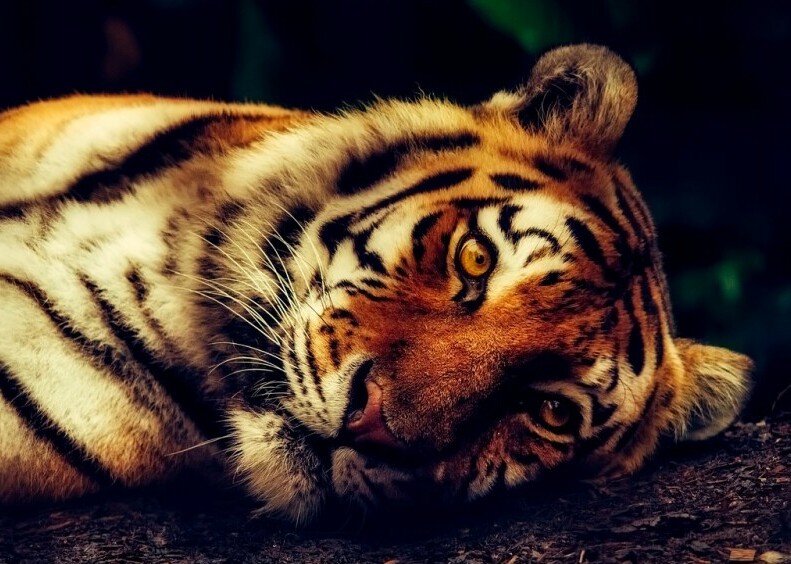
Landscape and Environmental Photography
- Foreground Interest: Using the Rule of Thirds to place an interesting foreground element can add to the depth, help with depth of field, and lead the viewer’s eye into the scene.
- Sky vs. Land: Deciding how much sky or land to include in a landscape shot can dramatically change the photo’s mood and focus. The Rule of Thirds can assists in making these decisions more impactful.
Architectural and Urban Photography
- Symmetry and Patterns: While symmetry is often central, using the Rule of Thirds to offset a symmetrical subject can create a more dynamic composition.
- Leading Lines: In urban photography, using the grid lines to align with the natural lines of buildings and streets can guide the viewer’s eye through the photograph.
Portraiture and Group Photos
- Single Portraits: Placing the subject’s eyes at the top horizontal line creates a natural, engaging level of eye contact.
- Group Photos: Use the horizontal lines to align the group, ensuring that each individual is positioned harmoniously within the frame.
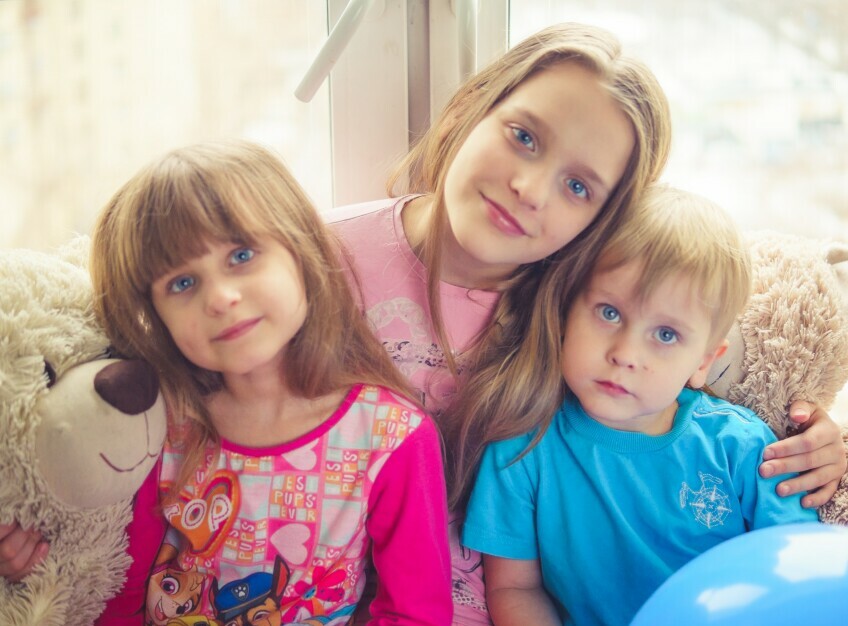
Abstract and Artistic Photography
- Playing with Composition: Abstract photography often breaks the rules, but using the Rule of Thirds as a starting point can provide a structured way to experiment with more unconventional compositions.
By understanding and applying the Rule of Thirds across various contexts, you can enhance your ability to create visually appealing and emotionally resonant images in any genre.
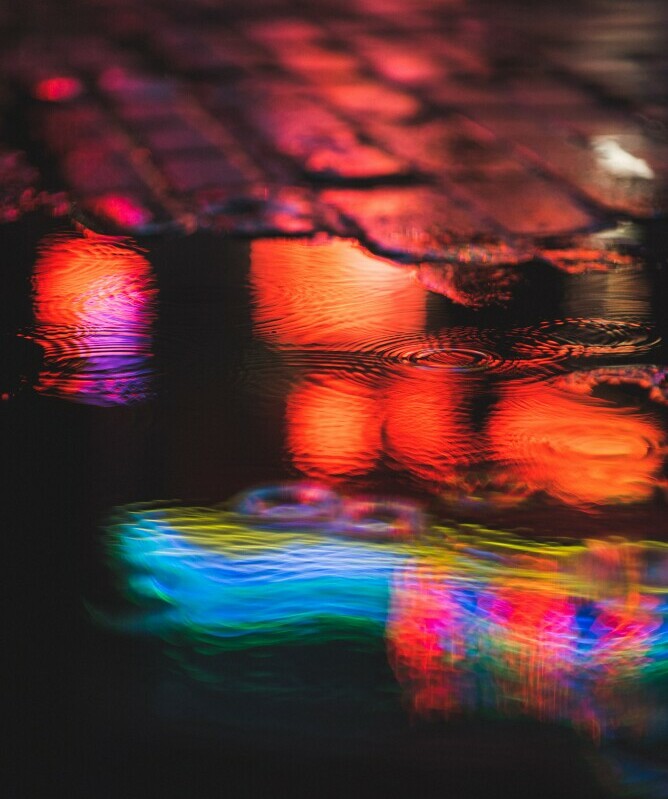
Rule of Thirds in Post-Processing
Cropping for Composition: Sometimes, the perfect composition isn’t possible during shooting. Use cropping in post-processing to realign your images according to the Rule of Thirds.
Enhancing Visual Flow: Editing can also help in subtly guiding the viewer’s eye through the image, reinforcing the rule’s impact.
To Wrap Things Up…
The Rule of Thirds is more than just a guideline; it’s a powerful tool that, when mastered, can significantly strengthen your photographic skills.
It encourages you to look at your frame more critically, consider the placement of elements thoughtfully, and ultimately, create more engaging and balanced images.
Please feel free to leave any comments or questions below!


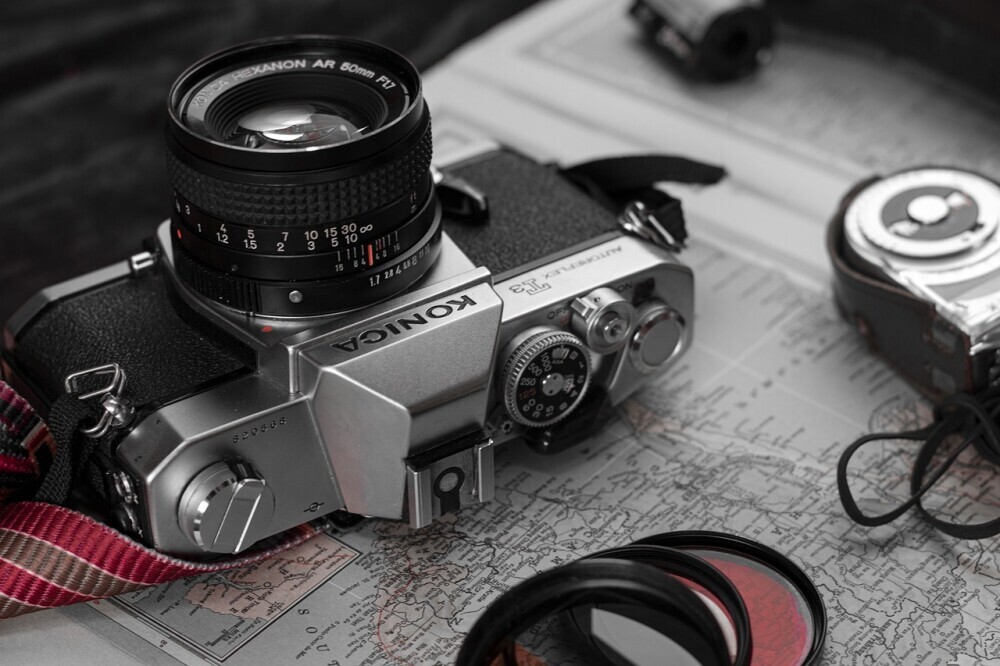
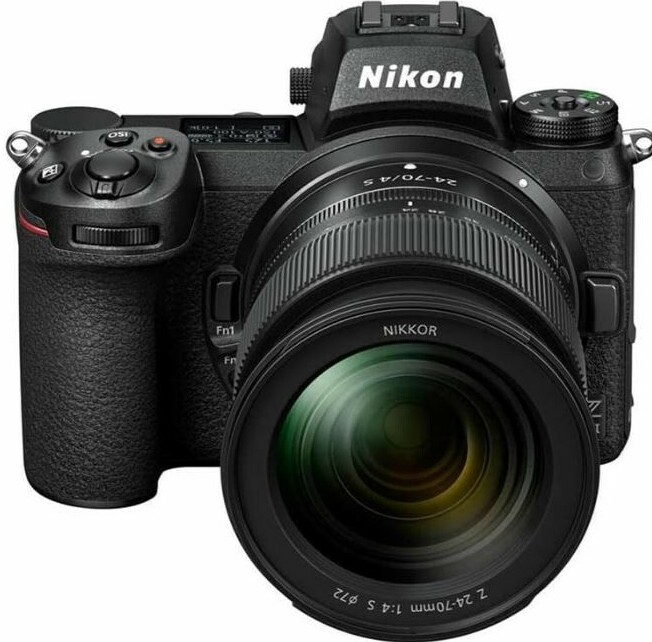
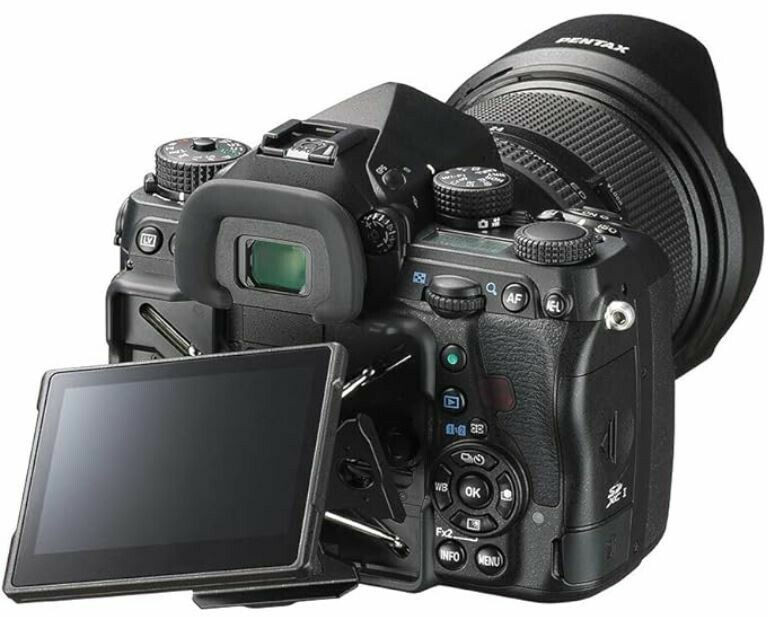
Hey thank you for this post!
I really enjoyed reading this, it was packed with essential information, I have learned quite a lot from your post!
I knew the rule of thirds existed when it comes to beauty such as in the case of appearance however wasn’t aware it is also used across the photography industry, thats a great thing to learn!
I would certainly love to look up rule of thirds in photography a little more to help enhance my photography skills which currently is in need of some practice!
Thanks again and have a great day!
HI Sariya! I am so happy to hear you found value with the rule of thirds! Thank you for your response!